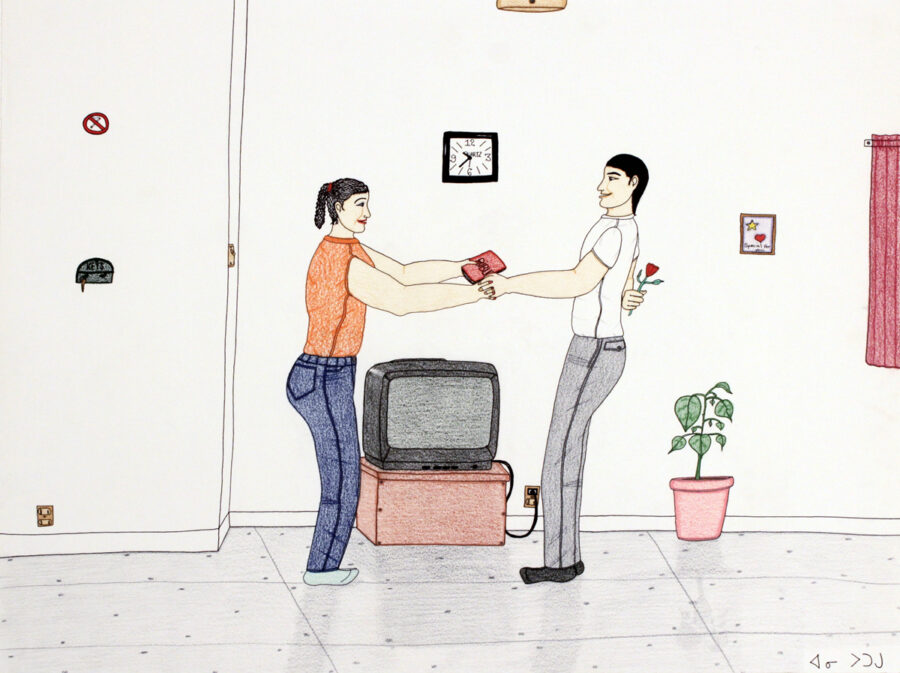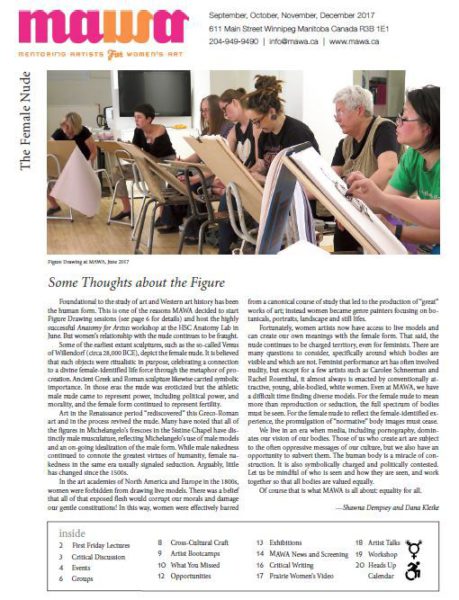
I grew up in Métis, Ojibway/Chippewa territory and later in Algonquin/Anishnabek territory. I didn’t know it at the time. At the time, I just knew about the trees and the waters. I played with the snakes in the snake pit behind our house, called for the deer, squished caterpillars with my bicycle, ran from the clouds of mosquitoes that appeared at dusk. I lived in a bungalow at the end of a cul-de-sac in a small, middle-class town. I had the feeling that I belonged, in so far as that feeling manifested as something I never had to question, something that was never brought up. I was just there, on that land, with that land.
It wasn’t until grade 10 when my history teacher drew attention to the fact that we were speaking English in the middle of the bush that I began to wonder about the histories of this land, of the ways in which I do not belong, of the ways in which my body participates in the forced displacement, genocide, and alienation not only of Indigenous peoples, but also of racialized settlers and immigrants. In the years since then, much of my thinking about colonialism has been informed by the brilliance of intersectional feminism. And so it feels both fitting and odd to me that the book that I have had the immense honour of working on for MAWA, Desire Change: Contemporary Feminist Art in Canada, is coming out in the year that marks 150 years of the Canadian nation-state. I hope that in some very small way, the book will contribute to the ongoing project of decolonization and destabilization of what is currently called Canada.
One of the artists whom I greatly admire whose work informed my thinking about feminist art, but who does not appear in the book, is Annie Pootoogook. I was stunned when I first saw her work in Winnipeg at Plug-In ICA. Her drawings were exquisite and deeply moving – a careful balance between representation and abstraction. The space was pared down to reveal all the emotion and banality of daily life. The drawings made me feel joy and sadness and like laughing out loud. I stared and stared at those drawings, at those lines. But I also had the feeling that I shouldn’t be looking, like I was reading someone’s diary, like I was intruding. I knew this work wasn’t for me. These works were from another world, one so far from my own and yet tied into my life through these fleshy systems of colonialism and nationalism that tore bodies and families and kinship with the land and other-than-humans apart.
I only ever encountered Pootoogook through this remarkable work. In this year, in the aftermath of her death, I wonder about my response as I do about the role of settlers in the ongoing reproduction of Canada through contemporary art. We are bound to each other in these violent embraces, white settlers and Indigenous folks, coming into existence through settler-colonialism. Pootoogook’s work continues to spark questions in me, in my desire to look, in the feeling that I should look away. What, for white people, is our role in contributing to a decolonized future? How might we think and enact what Shannon Winnubst calls “white suicide,” (meaning the racial category of “white”, tied as it is to structures of oppression and colonialism, and governed by Enlightenment reasoning that needs to be undone)? How might we begin to dis-identify, to give up inherited wealth, to undermine the naturalized belonging and centredness of whiteness? To start, I think we need to sit with the knowledge that the violence done cannot be remedied or taken back. Knowing that this is not about whether we, as white people, are good or not; knowing that we are complicit regardless. From there we might begin the hard work of coming to terms with the myths we tell ourselves about the places that we feel we belong. From there we might learn to listen and to develop new relations.
In this year when so many galleries are full of or completely turned over to Indigenous artists, when magazines and festivals are giving voice to the vitality and brilliance of Indigenous peoples from so many nations and so many different lands, I wish Pootoogook were still here. The fact that she isn’t is a brutal reminder that white people have much more that we need to learn; that there is so much work still to be done.
Heather Davis is an itinerant writer and researcher. She is the editor of Art in the Anthropocene: Encounters Among Aesthetics, Politics, Environments and Epistemologies and Desire Change: Contemporary Feminist Art in Canada. Her writing can be found at heathermdavis.com.

